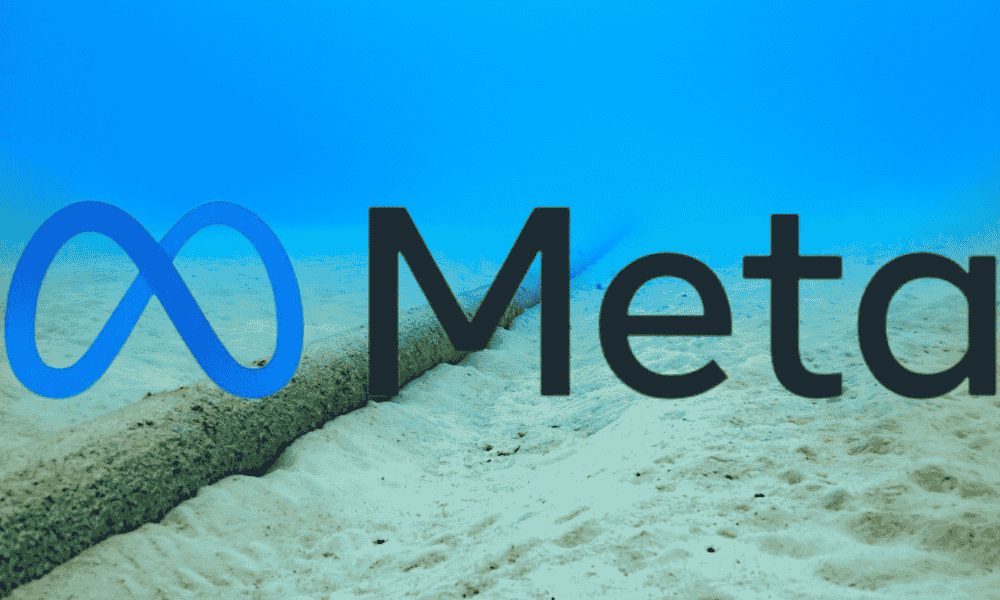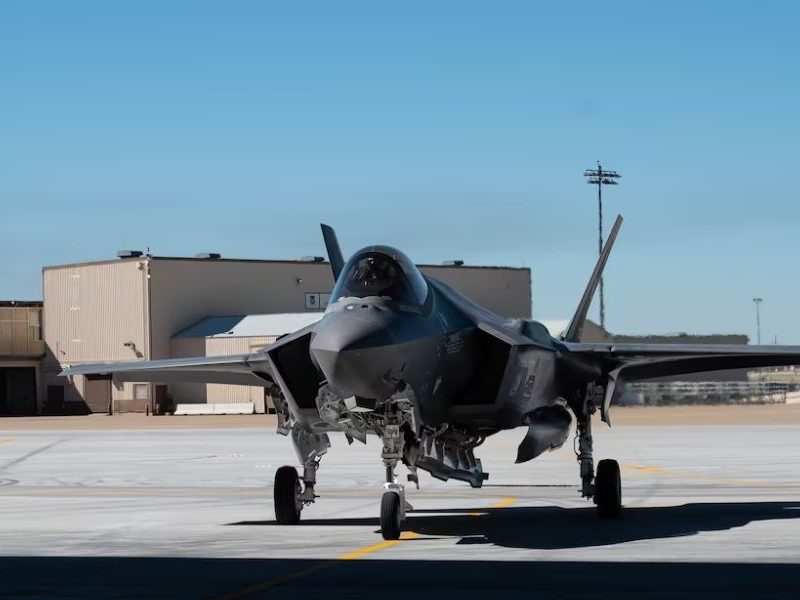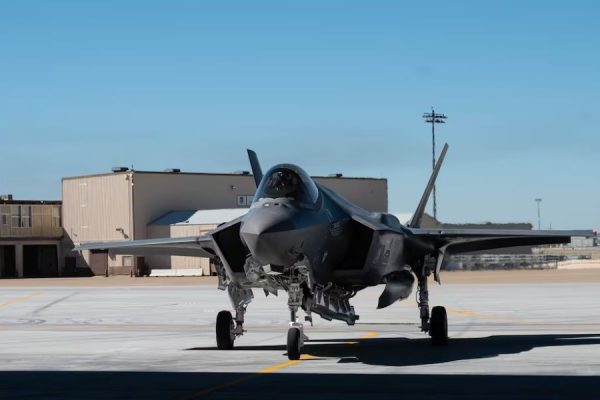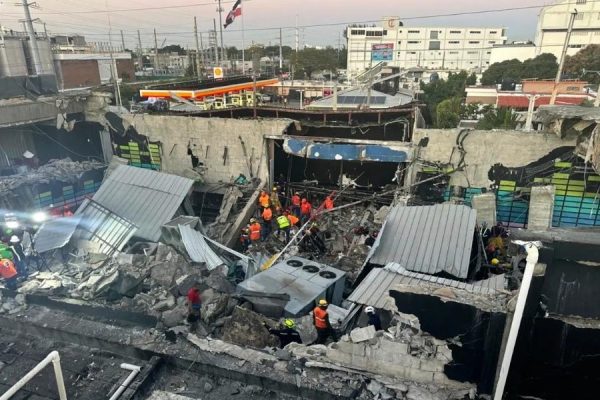California: Meta has unveiled plans for Project Waterworth, a massive 50,000km (31,000-mile) sub-sea cable aimed at enhancing global internet connectivity. The initiative will link key regions, including the US, India, South Africa, and Brazil, making it the longest undersea cable project ever undertaken.
Expanding Beyond Social Media
Meta, the parent company of Facebook, Instagram, and WhatsApp, has been expanding its focus beyond social media. It has invested heavily in artificial intelligence (AI) and digital infrastructure, and this ambitious cable project is a significant step in supporting these efforts. According to Meta, Project Waterworth will provide “industry-leading connectivity” to five continents, boosting digital inclusion and economic cooperation in these regions.
High-Capacity Network
The cable will feature a 24-fiber-pair system, offering greater data transmission capacity than previous networks. Undersea cables power over 95% of global internet traffic, making them a critical part of the digital ecosystem. Currently, more than 600 publicly known undersea cable systems exist worldwide, according to research firm Tele Geography.
Big Tech’s Increasing Stake in Internet Infrastructure
Tech giants like Meta and Google are taking control of internet infrastructure, traditionally dominated by telecom firms. In 2024, Google announced the first sub-sea cable connecting Africa and Australia, along with a $1 billion investment in Pacific Ocean cables to improve connectivity to Japan.
According to Professor Vili Lehdonvirta of the Oxford Internet Institute, tech firms now have the resources to fund and lay cables independently, reducing dependence on telecom companies. This shift has significant policy implications, as governments assess the increasing concentration of power in the hands of big tech firms.
Telecom analyst Paolo Pescatore noted that Meta is actively increasing its role in connectivity. The company aims to tightly integrate its hardware, software, and platform services to enhance user experience, giving it a competitive edge in the digital space.
Security and Geopolitical Concerns
The growing reliance on undersea cables has raised concerns about their vulnerability to attacks and disruptions. Recent incidents of severed cables have intensified fears of geopolitical conflicts targeting these infrastructures.
A UK parliamentary committee has warned about potential threats from countries like Russia and China, highlighting the risk of disruption in times of conflict. To counteract these risks, Meta has announced that Project Waterworth will use enhanced burial techniques in high-risk zones, such as shallow coastal waters, to prevent damage from ship anchors and other hazards.
Strategic Positioning of the Cable
Experts note that the route of Project Waterworth avoids geopolitical hotspots, such as the Suez Canal and the South China Sea. Instead, it focuses on connecting the US with emerging markets in the Southern Hemisphere, reinforcing US economic and infrastructural influence worldwide.
Conclusion
Meta’s Project Waterworth is set to become a game-changer in global internet connectivity, offering faster data transfer, improved AI capabilities, and greater digital inclusion. While the project aims to enhance global communication, it also reflects the increasing dominance of tech giants in critical digital infrastructure. As geopolitical tensions rise, securing undersea cables will remain a top priority for tech firms and governments alike.












